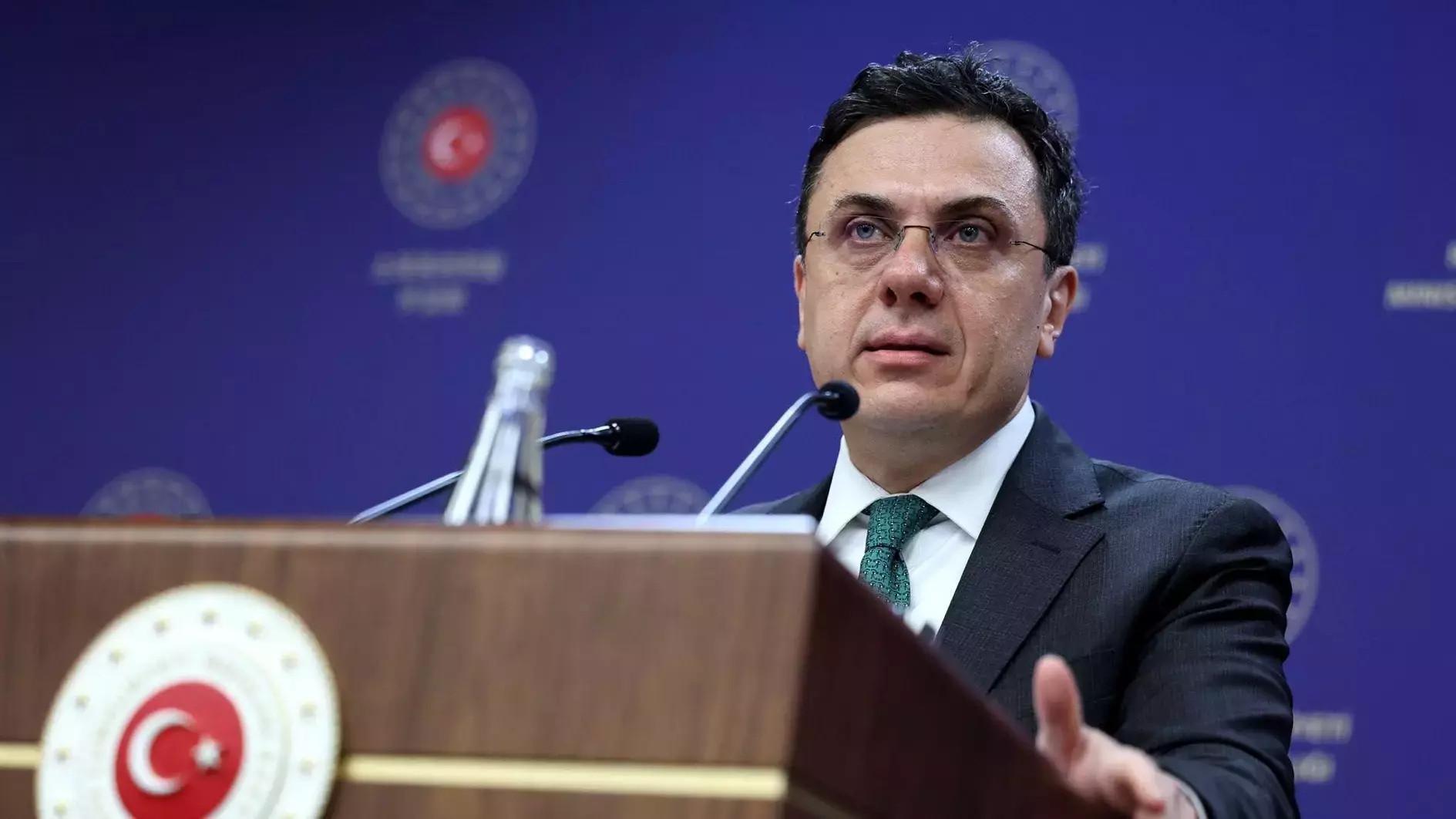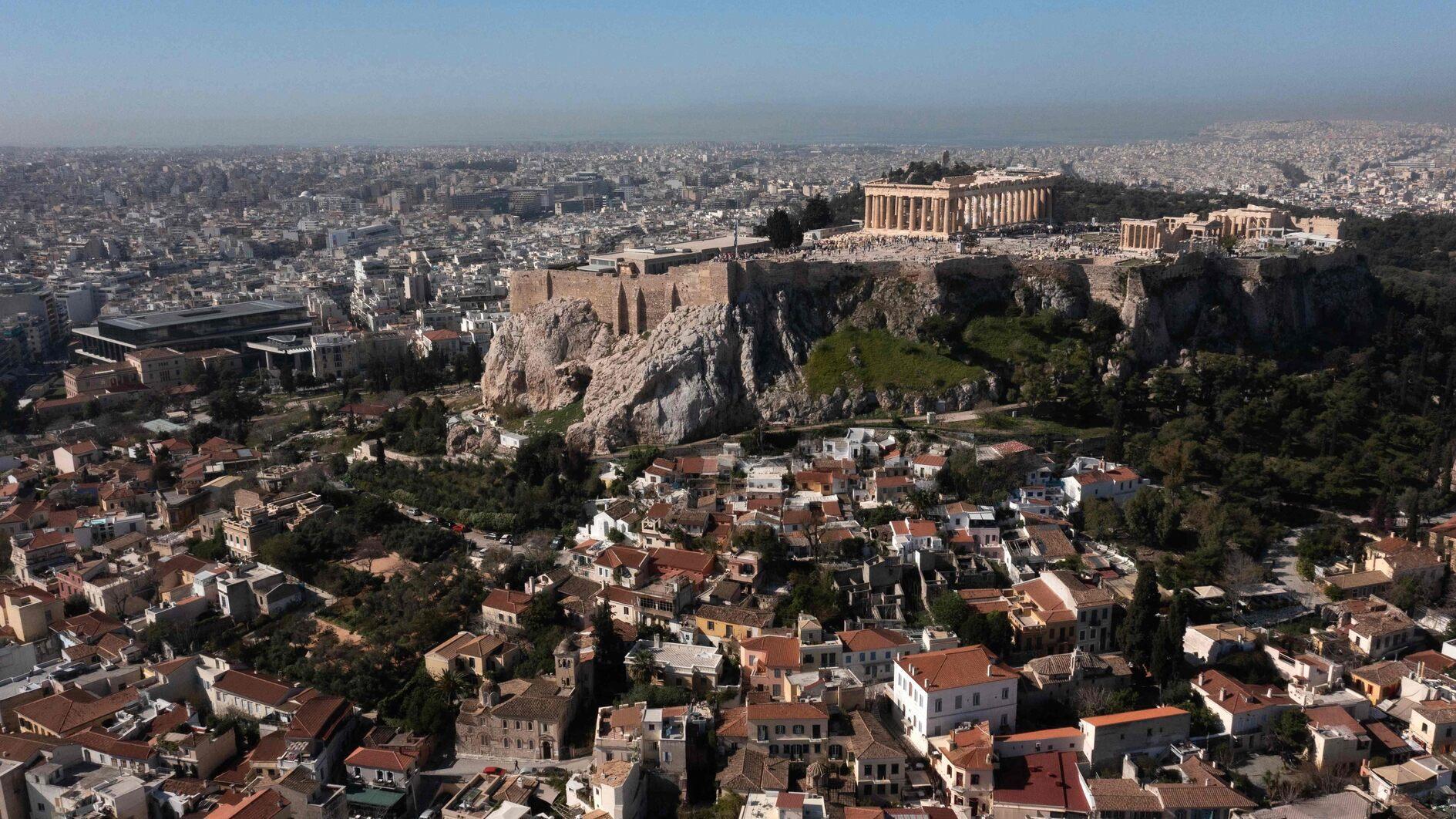New book of Kültür AŞ series gathers Istanbul’s collectors
ISTANBUL- Hürriyet Daily News

Businessman Doğan Güral is showing his collection of lottery tickets issued by the state. He has 30,000 tickets in the collection. The photos above show other collections from the book ‘Istanbul’s 100 Collectors.’ Hürriyet photo
A new book from the Istanbul Metropolitan Municipality’s cultural company tells the story of collectors and their wide range of collections.Kültür A.Ş.’s “Istanbul’un 100 Koleksiyoneri” (Istanbul’s 100 Collectors), the 32nd book in the series “Istanbul’un Yüzleri” (Istanbul’s Faces), was prepared over two years by Şerif Antepli and Ömer Bakır and includes 100 collectors from well-known actors Ediz Hun, İzzet Günay, businessman Jeff Hakko, director and producer Ülkü Erakalın and others.
The value of the collections was not considered in the preparation of the book, meaning that there are collections such as crown cork, old toys, documents from the Ottoman era, medals, coins and porcelain.
Hun has been collecting cacti. The actor, who returned to Turkey in 1982 after studying biology in Norway, has grown more than 3,000 cacti on the terrace of his house on Istanbul’s Büyükada island. His collection has also become the subject of a scientific magazine titled “Salamandra,” which is published in Germany.
Famous collector Emel Aksoy, meanwhile, has one of the most important ethnographic collections in Istanbul. Born in the northwestern province of Edirne and raised in a mansion with Ottoman women’s dresses, she had access to many palace dresses inherited from her grandmother. She enlarged her collection by receiving an education about dresses from her aunt Perihan Arıburun. There are more than 120 dresses and roughly 500 point laces in Aksoy’s collection.
Classificaton of species before nature disappears
Another collector, Onur Kenber, said he had never seen his insect collection as a form of decoration or a source of financial income.
“I did not hang it on the walls. My only goal is the classification of species before Turkey’s nature disappears. I am very sorry to see that many habitats are vanishing because of fast urbanization, unplanned building and the destruction of forests because of various reasons,” he said.
Kenber, who said he faced difficulties from time to time while collecting samples, talks about one of his memories in the book.
“I wanted to take the photo of an insect in its natural environment in the Kaçkar Mountains [in the eastern Black Sea region]. I had never seen it before in any publications. The insect flew away and went to the opposite shore of the River Çoruh. To photograph it, I rolled up my trousers and waded to the opposite side of the river. Although I stayed in the same region for a week, I never saw that insect again. Later on, one of locals told me that I was only able to go to the opposite side of the river thanks to the warm weather; otherwise, I would have drowned because of the river’s current.”
Musician Erdener Koyutürk, who has a wide gramophone record collection, started collecting tango music records and continued with pop music. In his 5,000-piece gramophone record collection, he has 100,000 songs from 1920 to 1980 along with cassettes, CDs, books, magazines, postcards and tickets relating to Istanbul football club Fenerbahçe.
Günay, meanwhile, has a collection that includes silver coins from the last six sultans of the Ottoman Empire. He started collecting stamps at an early age and turned toward banknotes and metal coins as he learned more about being a collector. Besides his silver coin collection, he collects theater, film, opera and ballet posters.
Businessman Doğan Güral, who has collected all lottery tickets issued by the state, now has nearly 30,000 lottery tickets. Noting that he was impressed by pictures on lottery tickets, he said, “Thanks to this collection, I can say that I have a history and cultural treasure, an encyclopedia.”
Dr. Atom Damalı, who is collecting Ottoman and Turkish coins, medals and orders of the state, has also produced a book about the issue. Damalı’s “150 Devlet, 1,500 Sultan” (150 States, 1,500 Sultans) presents his Islamic history and Islamic coins collection and has drawn great interest overseas. “After this first work, we are now preparing a new book.”
Damalı’s goal is to bring together all Ottoman coins in a single publication.
Owl collection
Gülderen Bölük, who has made research on the development of the art of photography during the Ottoman era, started collecting when she found a photograph taken at one of the important photography studios in the imperial period, Abdullah Biraderler.
Most of the photos in her collection are from studios of the same period.
Erakalın, one of the founders of the Collection Club, defines himself as a “collector of memories.” He shared his collection of film posters and various photos in a screen show titled “Yıldızlar Gökte Yaşar” (Stars Live in the Sky) with viewers in 2008 and 2009.
Yasemin Masaracı’s interest in owls started when she was studying at Mimar Sinan University’s Fine Arts Faculty, the emblem of which is an owl. She developed a small owl collection through the years and has strived to show that the bird does not bring bad tidings.
The 221-page “Istanbul’un 100 Koleksiyoneri,” prepared under the consultancy of Professor İskender Pala, Ahmet Kot and Ömer Faruk Şerifoğlu, is sold at Istanbul Kitapçısı book stores.
















